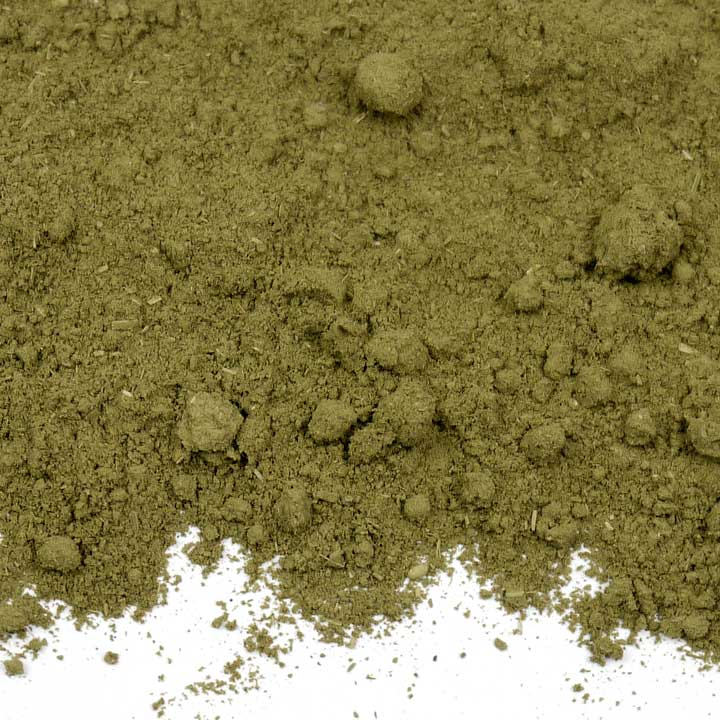Description
Henna (Lawsonia inermis) Henna (E)
Family: Lythraceae
Paints yellow-orange-red-brown
Henna was already used in ancient times by the Egyptians to paint hands and feet and to dye hair.
The henna bush can still be found in very warm areas, such as India, the Middle East and North Africa.
Lawsone is the orange-red coloring compound extracted from the leaves of the henna bush and released when the leaves are dried and ground into a powder.
You can dye yellow, red and brown shades with henna.
For lighter tones, you can use 50 grams of henna for 100 grams of fiber. If you are going for more intense and deeper colors, use about 100 grams of henna powder.
Various mordants can affect the colour. For example, you can add citric acid to get deeper orange-red colors.
Facts
Henna…
-
- … The fragrances from the flowers of the henna bush are used for perfumes.
- … India is the largest producer of henna.
- … dyes your blond hair red, brown hair turns into auburn and gray hair turns orange.
This is one of the natural dye products described in the book Eco-dye by Anja Schrik.





Reviews
There are no reviews yet.